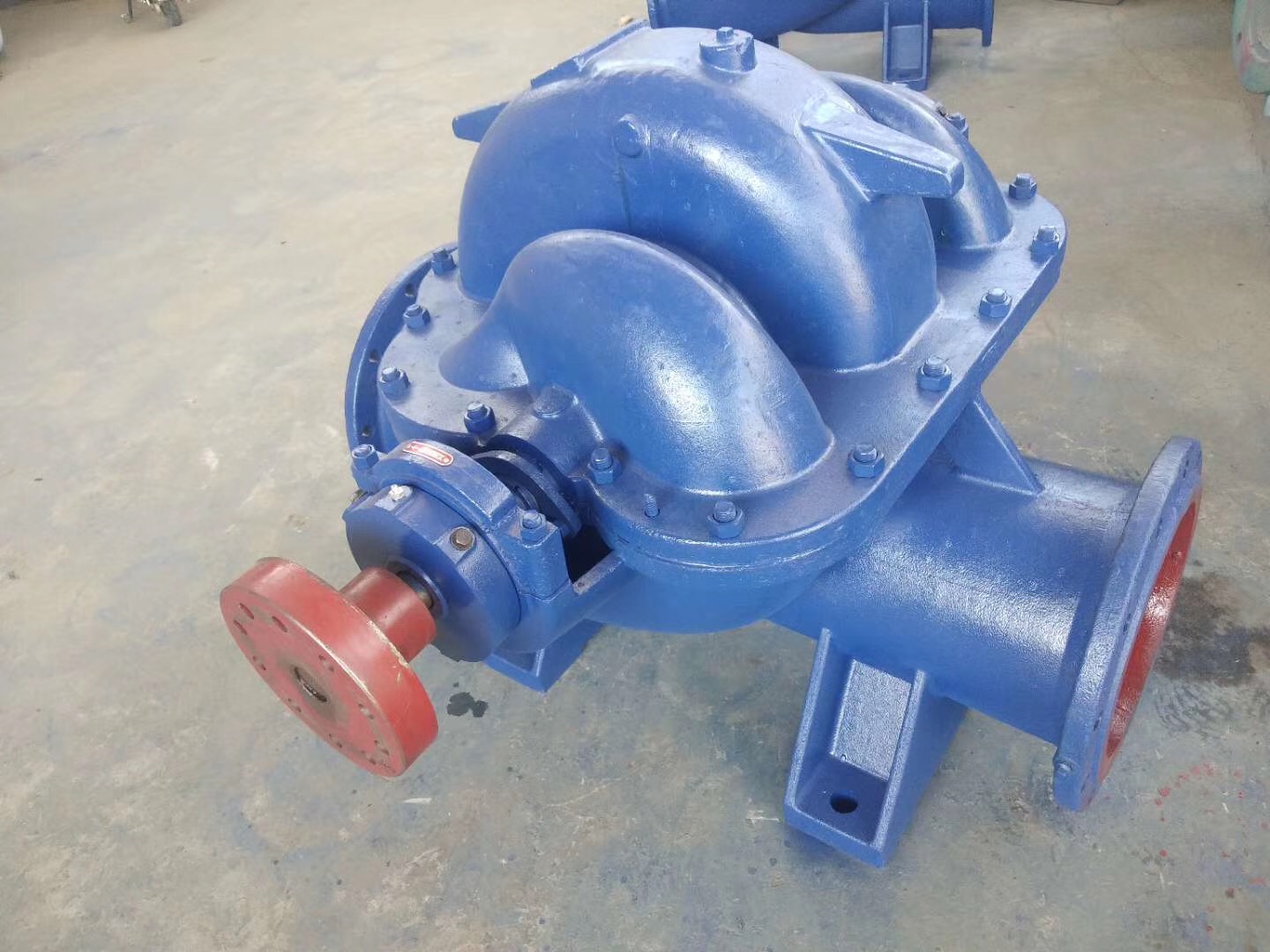English
- Afrikaans
- Albanian
- Amharic
- Arabic
- Armenian
- Azerbaijani
- Basque
- Belarusian
- Bengali
- Bosnian
- Bulgarian
- Catalan
- Cebuano
- Corsican
- Croatian
- Czech
- Danish
- Dutch
- English
- Esperanto
- Estonian
- Finnish
- French
- Frisian
- Galician
- Georgian
- German
- Greek
- Gujarati
- Haitian Creole
- hausa
- hawaiian
- Hebrew
- Hindi
- Miao
- Hungarian
- Icelandic
- igbo
- Indonesian
- irish
- Italian
- Japanese
- Javanese
- Kannada
- kazakh
- Khmer
- Rwandese
- Korean
- Kurdish
- Kyrgyz
- Lao
- Latin
- Latvian
- Lithuanian
- Luxembourgish
- Macedonian
- Malgashi
- Malay
- Malayalam
- Maltese
- Maori
- Marathi
- Mongolian
- Myanmar
- Nepali
- Norwegian
- Norwegian
- Occitan
- Pashto
- Persian
- Polish
- Portuguese
- Punjabi
- Romanian
- Russian
- Samoan
- Scottish Gaelic
- Serbian
- Sesotho
- Shona
- Sindhi
- Sinhala
- Slovak
- Slovenian
- Somali
- Spanish
- Sundanese
- Swahili
- Swedish
- Tagalog
- Tajik
- Tamil
- Tatar
- Telugu
- Thai
- Turkish
- Turkmen
- Ukrainian
- Urdu
- Uighur
- Uzbek
- Vietnamese
- Welsh
- Bantu
- Yiddish
- Yoruba
- Zulu
Telephone: +86 13120555503
Email: frank@cypump.com
Nov . 28, 2024 07:04 Back to list
Understanding the Benefits and Applications of Split Casing Pumps in Industry
Split Casing Pumps An Overview
Split casing pumps are specialized equipment widely used in various industrial applications, including water supply and sewage treatment systems, irrigation, and chemical processing. Their design offers unique advantages that enhance operational efficiency and ease of maintenance, making them a popular choice in many sectors.
Design Features
A split casing pump, as the name suggests, has a casing that is divided into two halves. This feature facilitates easy access to the internal components without dismantling the whole pump. The split design allows for the inspection, maintenance, and replacement of wear parts such as impellers and seals without removing the pump from its pipeline. This saves valuable time and reduces downtime, which is a critical factor in industries where continuous operation is necessary.
The major components of a split casing pump include the impeller, volute casing, bearings, and shafts. The impeller is responsible for converting mechanical energy from the motor into hydraulic energy, which pushes the fluid through the pump. The volute casing surrounds the impeller and helps in collecting and directing the fluid flow efficiently.
Advantages
There are several notable advantages of using split casing pumps
1. Ease of Maintenance The primary advantage of split casing pumps is the ease of maintenance they provide. With two halves of the casing, operators can quickly access the internals for inspection or repairs. This can be particularly advantageous in high-capacity systems where downtime must be minimized.
2. High Efficiency Split casing pumps are designed to operate at high efficiencies across a range of flow conditions. Their design minimizes flow turbulence, which leads to lower energy consumption and improved performance in pumping various liquids.
split casing pump

3. Versatility These pumps can handle a wide range of fluids, including clean water, wastewater, and even abrasive materials. This versatility makes them suitable for multiple applications across different industries.
4. Robust Construction Split casing pumps are typically built from durable materials like cast iron, stainless steel, or bronze, making them resistant to wear, corrosion, and thermal stress. This durability ensures a longer service life and reduces the frequency of replacements.
5. Self-Priming Capability Many split casing pumps are designed to be self-priming, which means they can automatically remove air from the system and create a vacuum to draw in liquid. This feature is particularly beneficial in applications where the pump is located above the liquid source.
Applications
The application of split casing pumps is vast. They are extensively used in
- Water Supply Systems For municipal water supply and distribution, ensuring a consistent and reliable flow. - Sewage Treatment In wastewater management, they pump sewage and effluents from collection points to treatment facilities. - Irrigation In agriculture, they are key in transporting water from reservoirs to fields to support irrigation systems. - Industrial Processes Many manufacturing processes require the transportation of various liquids, including chemicals and fuels, where split casing pumps are utilized for their efficiency and reliability.
Conclusion
In summary, split casing pumps represent a crucial element in modern fluid-handling systems. With their robust design, high efficiency, and ease of maintenance, they offer significant benefits that meet the demanding needs of various industries. As technology continues to evolve, the development of split casing pumps is expected to advance, ensuring even greater efficiency and adaptability in an ever-changing industrial landscape. Understanding the advantages and applications of split casing pumps can help engineers and operational managers make informed decisions for their specific fluid transport needs.
-
ISG Series Vertical Pipeline Pump - Chi Yuan Pumps Co., LTD.|Advanced Hydraulic Design&Energy-Efficient Solutions
NewsJul.30,2025
-
ISG Series Vertical Pipeline Pump - Chi Yuan Pumps Co., LTD.
NewsJul.30,2025
-
ISG Series Vertical Pipeline Pump - Chi Yuan Pumps Co., LTD.|energy-efficient fluid handling&industrial durability
NewsJul.30,2025
-
ISG Series Vertical Pipeline Pump - Chi Yuan Pumps | Advanced Engineering&Industrial Efficiency
NewsJul.30,2025
-
ISG Series Pipeline Pump - Chi Yuan Pumps | High Efficiency, Energy Saving
NewsJul.30,2025
-
ISG Series Vertical Pipeline Pump-Chi Yuan Pumps|High Efficiency&Reliable Performance
NewsJul.29,2025










